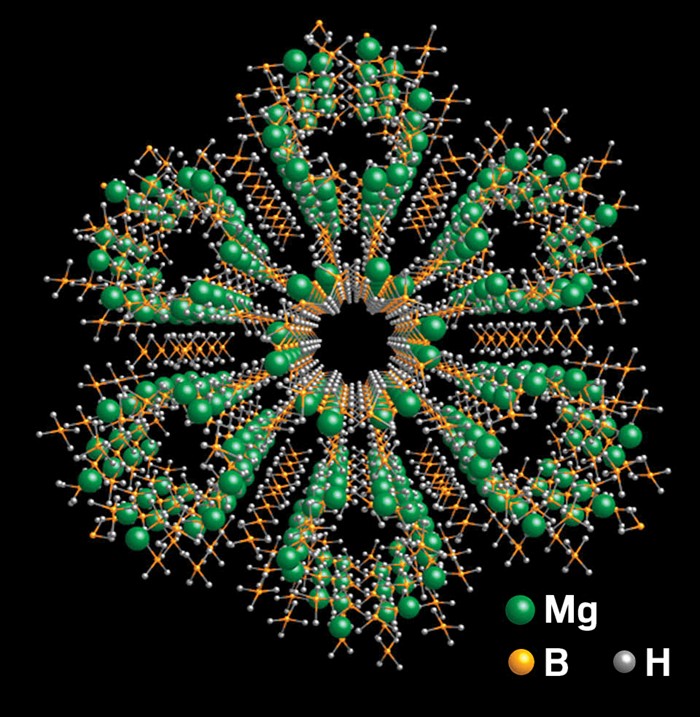
Foundry scientist Jeffrey Urban and his collaborators noticed something surprising during their study of a potential hydrogen-storing material, recently published in Advanced Materials. When they grew magnesium borohydride on reduced graphene oxide, it formed an unusually open and porous crystalline nanostructure.
They theorized it might absorb CO2, and as it turns out, they were right. Detailed studies revealed that the material initially works slowly, as the borohydrides first reduce the gas to create formate groups. There is then a stepwise spike in carbon dioxide uptake, forming methoxide groups.

